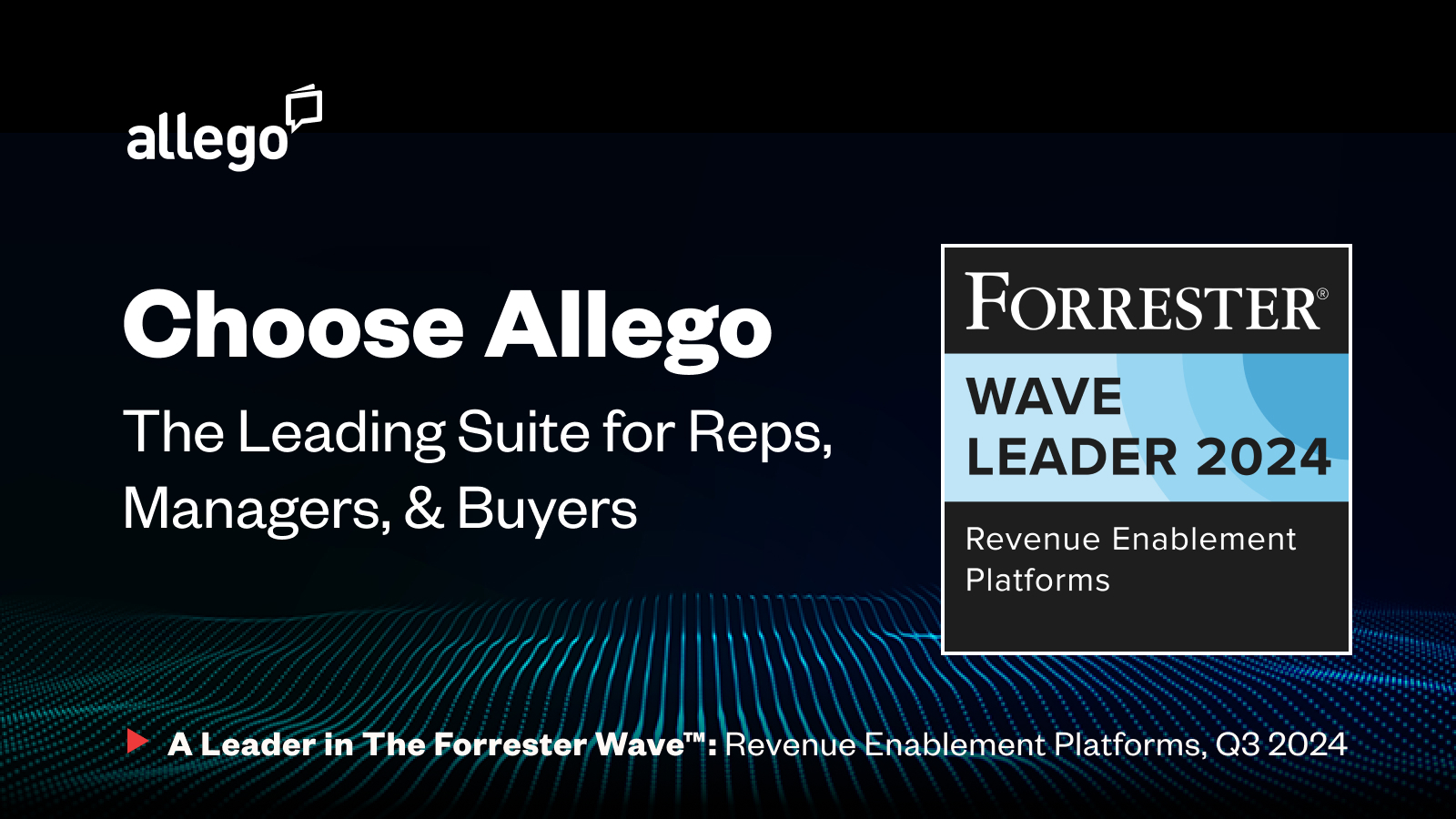3 Phases of a Successful Hybrid Sales Kickoff

There’s no one size fits all for sales kickoffs—especially these days. Some organizations work in the office, some are completely remote, and others are hybrid. Within your own sales team, the same dynamic likely exists. That means your sales kickoff must accommodate those situations.
You could just live-stream presentations via Zoom and call it done, but how effective would that be? Not very. No one has the energy or attention span for marathon video sessions. Your reps will tune out, start multitasking, and fail to retain what you hoped to teach them.
What you need instead is a multimedia approach that includes live sessions, pre-recorded sessions, and interactive features that encourage people to engage with the content (and one another) and test knowledge retention.
You must rethink every aspect of your meeting—from subject matter expert (SME) presentations to handouts to role playing—not to mention how to foster the networking and collaboration that goes on when you’re face to face.
With some planning, it’s not only possible to do, but also make it fun for everyone. After all, you want to energize your sales reps and give them a boost to hit the ground running for the next sales cycle.
3-Phased Approach to Successful Hybrid Sales Kickoffs
With that in mind, here are three phases to plan and deliver a successful hybrid sales kickoff that sets your sellers up for success.
Phase 1: Before the Hybrid Sales Kickoff Meeting
The first thing you must do is rethink the sales kickoff agenda. Determine what can be delivered live and what can be recorded and presented asynchronously.
For live sessions, analyze presentations from previous meetings and identify dynamic speakers and hot topics that are likely to inspire conversation. These should be short, engaging presentations that energize your sellers. All the other content must be delivered in different formats, such as pre-recorded video presentations, small panels, breakout sessions, flash drills, and quizzes.
You also want to distribute on-demand content days or weeks before the kickoff meeting. Roll out such things as product information, messaging, new-hire introduction videos, and sales presentations. Doing so saves you time during the meeting because you can refer to content reps will have already seen, instead of making them watch during the event, and it helps your reps absorb the information at their own pace.
If you need help developing ideas for the kickoff, crowd-source it. Prior to the meeting, ask SMEs and sales managers to submit presentations, practice videos, competitive insights, or any assets they think might benefit the team.
Another way to get your sellers involved: sales pitch competitions. First, have a sales manager record themselves delivering a pitch, showing “what good looks like,” and send that to your reps. Then ask the reps to record and submit their own pitches. Announce the winner at the kickoff meeting. This has a two-pronged effect: You get best-practices videos to add to your content library, and it’s an opportunity for sales managers to coach reps whose pitches need some work.
If you usually include compliance certifications as part of your kickoff, video can work for those, too. Pre-record a compliance video and use a sales enablement platform to monitor who watches it to completion. You can also incorporate interactive knowledge checks and quizzes to ensure reps absorb the content.
Phase 2: During the Meeting
Your sellers already endure a lot of talking-head video meetings and presentations, so make your sales kickoff as interactive and engaging as possible. Some ways to do that:
- Present a mix of live and pre-recorded content
- Incorporate simulated customer interactions and role-playing exercises
- Include best practices breakout sessions
- Provide opportunities for sharing
And have fun! Virtual does not have to mean stuffy and boring. So, use games, quizzes, and contests to amp up your sellers and make the event more exciting. You could, for example, offer prizes and rewards for correctly answering quiz questions and for performing the best role-play exercise.
Remember to also capture content from the event for your sales content library. Record live events and break them into small, searchable clips. Record and save the top role-playing exercises, the winning pitches from pitch contests, and information about new product features.
After the meeting, reps can easily refresh on these topics as they need them. This just-in-time approach to learning ensures reps have access to content when they need it most.
Phase 3: After the Meeting
If you want your reps to remember what was taught during the sales kickoff, you must reinforce that learning. To do that, package together content from the meeting and make it available on-demand in a dedicated channel. Then develop knowledge checks to ensure sellers retain what they learn.
For example, ask your reps to complete reinforcement exercises after the meeting. Spread them out over the following weeks and months to help them build proficiency and reinforce newly acquired knowledge. Doing so will ensure they can articulate value, differentiate the company, and handle objections.
After the kickoff, you should also evaluate the event. What worked well? What didn’t? Should you eliminate something or try to improve it? Take notes during the event, but also poll your reps to get their feedback. Ask participants to share their top three takeaways, as well as their suggestions and ideas. Use all that information to help you plan your next hybrid sales kickoff meeting.
Learn More
Download The Hybrid Sales Kickoff Playbook to learn how to train your sellers in a virtual world.



